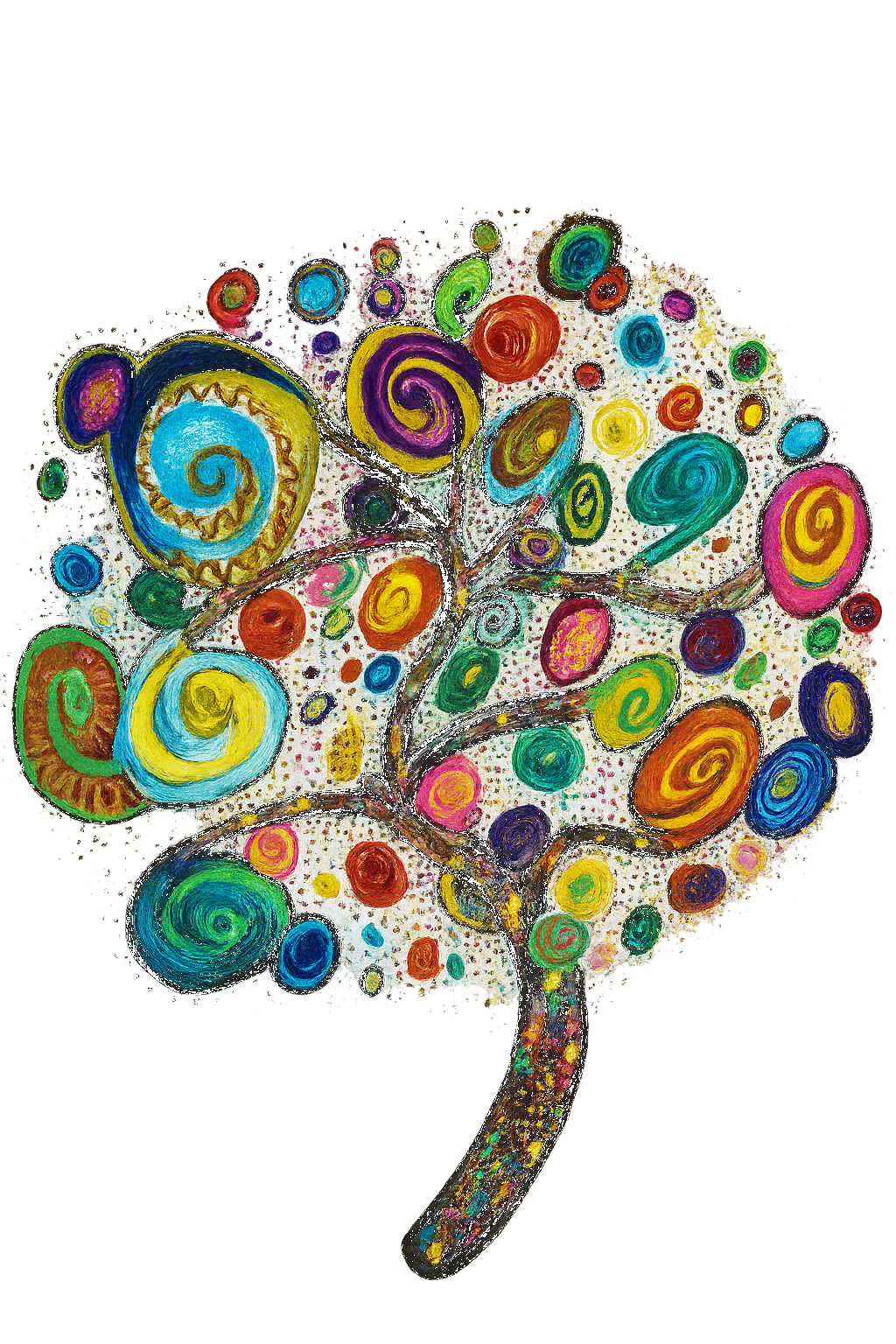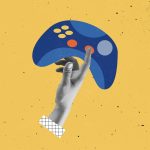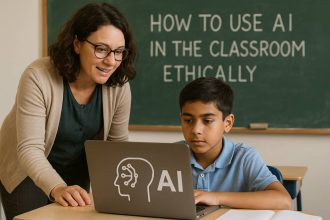For decades, education has been shaped by tradition. Students gather in classrooms, follow schedules, and absorb knowledge through lectures and books. While this system has educated millions, it has also left many behind. Every teacher knows that some students thrive in this structure while others struggle, even when they are equally capable. Neuroscience offers an explanation. The human brain is not uniform. It learns in patterns, responds to stimuli in specific ways, and processes memory through rhythms. Neuroeducation the marriage of neuroscience and education is reshaping how we think about teaching and learning.
The idea of brain-based learning is simple yet revolutionary. Instead of assuming all students learn the same way, educators use discoveries about the brain to design lessons that align with how memory, attention, and emotion actually work. This does not mean classrooms become laboratories or that teachers must be scientists. It means that education becomes more human, guided by the organ that makes learning possible.
One of the clearest findings from neuroscience is that emotion and learning are inseparable. The brain prioritizes information linked to strong emotion because emotional memories are encoded more deeply. Think about your own schooling. You likely remember the excitement of a science experiment gone right, the pride of solving a problem after hours of struggle, or even the embarrassment of getting an answer wrong in front of classmates. These moments lasted because emotion amplified the memory. In brain-based classrooms, teachers harness this by designing activities that connect to curiosity, surprise, or relevance. A lesson tied to a real-world problem or personal story sticks far longer than one delivered without feeling.
Another cornerstone is attention. The human brain is not built to focus for hours on end. Studies show that attention peaks in short bursts and declines quickly without stimulation. This is why endless lectures often fail. Brain-based learning suggests breaking lessons into segments, using stories, questions, or changes in activity to reset focus. Movement also helps. Short physical breaks refresh attention and improve memory consolidation. Even small gestures, such as asking students to stand, stretch, or shift groups, can recharge focus.
Memory itself is more complex than storage. The brain builds and strengthens memories through repetition, association, and retrieval. Neuroeducation applies this by encouraging active recall instead of passive review. Rather than rereading notes, students perform exercises that require them to retrieve knowledge. This retrieval strengthens neural connections, making recall easier in the future. Spaced repetition, where material is revisited at intervals, also leverages the natural rhythms of forgetting and remembering. Teachers who design reviews over days and weeks instead of one marathon session align their teaching with the biology of memory.
Sleep is another powerful but overlooked factor. During sleep, particularly deep sleep, the brain consolidates new information. Students who sacrifice rest for study often undermine themselves. A brain-based approach acknowledges this by teaching learners the importance of sleep for academic performance. Some schools experimenting with later start times have already seen benefits in attention, mood, and results. The connection between sleep and learning is not optional. It is biological.
Neuroeducation also challenges the myth that people are confined to rigid learning styles such as visual or auditory. While preferences exist, the brain is flexible and learns best when information is presented through multiple channels. A science concept taught with a diagram, explained aloud, reinforced with a physical model, and connected to a real-life example will stick more deeply than one delivered in a single format. Brain-based teaching encourages multimodal instruction, creating richer neural pathways.
Stress is another area where neuroscience sheds light. Moderate stress can sharpen focus, but chronic stress undermines learning. The brain under stress prioritizes survival and shuts down higher reasoning. Students facing constant anxiety, whether from exams, personal challenges, or classroom environments, struggle to absorb new information. Neuroeducation emphasizes safe, supportive classrooms where mistakes are part of growth, not threats. When learners feel psychologically safe, their brains are free to explore and take risks — both essential for learning.
Technology adds another layer. Advances in brain imaging and cognitive science have revealed how engagement rises during interactive experiences. This supports the use of active learning, simulations, and digital tools that allow students to experiment rather than passively observe. Virtual reality, gamification, and adaptive software all align with the principles of brain-based learning when used thoughtfully.
Yet neuroeducation is not just about applying science mechanically. It also empowers teachers and students to see learning as a living process. Teachers gain insight into why some strategies fail and others succeed. Students gain awareness of their own minds, learning to recognize when they are alert, tired, anxious, or curious — and how those states affect study. This self-awareness is itself a skill, turning learners into partners in their own education.
The promise of neuroeducation extends beyond schools. Professional training programs, universities, and even corporate workshops are beginning to apply brain-based methods. In medical education, simulations designed around how the brain encodes stress and decision-making are helping doctors practice under realistic pressure. In corporate environments, training sessions that include reflection, group interaction, and spaced practice are replacing long, passive seminars.
Critics caution that the field must avoid “neuromyths,” oversimplified claims not supported by science. For example, the popular idea that humans use only ten percent of their brains or that one hemisphere dominates learning are misconceptions. True neuroeducation is not about gimmicks. It is about evidence-based strategies such as retrieval practice, multimodal teaching, sleep awareness, and emotional engagement.
Looking ahead, the fusion of neuroscience and education will only deepen. As brain imaging becomes more precise, we will understand even more about how learning unfolds. Imagine classrooms where technology can detect attention lapses and adjust lessons instantly, or learning platforms that adapt to the rhythms of each student’s memory cycles. Ethical considerations will be critical, but the potential is undeniable.
For now, the lesson is clear. Learning is not a matter of willpower alone. It is a biological process shaped by attention, emotion, sleep, stress, and repetition. By designing education to align with these principles, teachers unlock more potential in every student. And by understanding their own brains, learners gain tools to study smarter, remember longer, and perform better.
Brain-based learning is not about replacing teachers or removing creativity. It is about amplifying human potential by working with the grain of the brain rather than against it. It recognizes that the brain is not a passive vessel but an active, living system, always adapting and reshaping. When education respects that truth, it becomes more than instruction. It becomes transformation.
Featured Image Source: Susan Wilkinson / Unsplash









